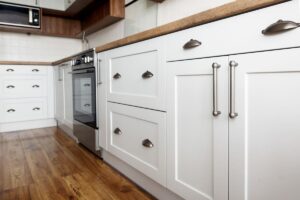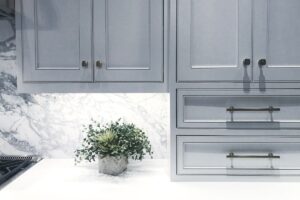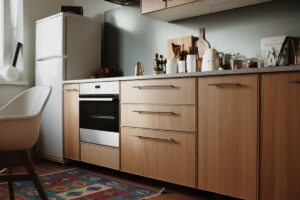When it comes to selling your home, numerous factors can influence its resale value. In our previous article on Water Problems, we discussed how damages to the roof and leaky faucets are common hurdles for homeowners. For those looking to eventually sell their properties, issues like these can rack up costs, from water bills to repairs, and deter prospective buyers from making an offer.
While the consequences of visible issues like water damage are more obvious, even deceptively inconspicuous habits such as smoking can impact your property’s marketability and perceived worth. In this article, we’ll explore the often-overlooked factor of smoking and its potential implications for your home’s resale value.
Smoking and home resale value
Smoking can affect a home’s resale value in various ways. For starters, the tar and other chemicals in cigarette smoke can easily cause discoloration on smokers’ teeth and hands — as well as a room’s walls and ceilings. Nicotine stains can be particularly challenging to remove, requiring extensive cleaning or even repainting to restore the home’s appearance. Similarly, the smell of smoke can linger long after the last cigarette has been extinguished, permeating carpets, upholstery, and walls. This persistent odor can be a major turn-off for potential buyers, even if a buyer is a smoker themselves.
Needless to say, smoking can also contribute to a decline in indoor air quality. A 2023 study in Environmental Science and Pollution Research confirmed that second and third-hand smoke particles can linger in the air and surrounding surfaces for months. DDT, nitrosamines, and PAHs, among several others, are even semi-volatile organic compounds. These can exacerbate respiratory issues and trigger allergies, making the home less desirable for individuals sensitive to such irritants.
Beyond the physical effects on the property itself, smoking can also impact the perception of the neighborhood. A 2022 study on neighborhoods in Los Angeles found that homes in areas with a high prevalence of smokers may face stigmatization, given that adults who feel that their surroundings are more dangerous are twice as likely to smoke in communities where there are fewer supportive relationships among people. Potential buyers may associate the neighborhood with such negative habits, making it challenging to attract offers at the desired price point.
Mitigating the damage
If you’re a smoker or have smoked indoors in the past, there are steps you can take to improve your home’s resale value. First, quitting smoking is your top priority in order to stop further damage to your property. For this, making the switch to smokeless alternatives can often be a more manageable approach than quitting cold turkey.
Fortunately, there’s a wide array of options accessible to smokers who want to quit, thanks in part to the proliferation of e-commerce, which increases access to smokeless options across the US. The online platform Prilla carries an extensive selection of nicotine pouches, from VELO, Rogue, and LUCY to many other brands. These discrete packets are tucked under the bottom lip for nicotine to release, ensuring a no-spit and no-smoke experience. These can be conveniently ordered online and delivered straight to your doorstep from its US warehouse. For smokers who prefer a gum option, you can ensure a consistent supply of NICables gummies from Reel World Brands thanks to multiple vendors on social media platforms. Meanwhile, the lozenges and gum alternatives of VELO and Rogue are available in most US convenience stores. This overwhelming accessibility ensures that there’s no excuse to continue smoking traditional cigarettes indoors.
If smoking has already occurred indoors, then investing in a professional deep cleaning and deodorizing service can help eliminate stubborn odors and stains. The American Nonsmokers’ Rights Foundation even recommends repainting walls and replacing furniture as necessary to effectively convert properties from smoke-filled units to smoke-free units. This means ripping up and replacing carpets and replacing curtains, window coverings, and blinds. The process may also entail replacing ventilation filters and varnishing wooden floors and panels.
While time-consuming, these proactive steps can reduce the effects of smoking on your property and help you invest in your home’s resale value in the process. To get started with home construction and improvement, check out our creative tips on HomesPure.





